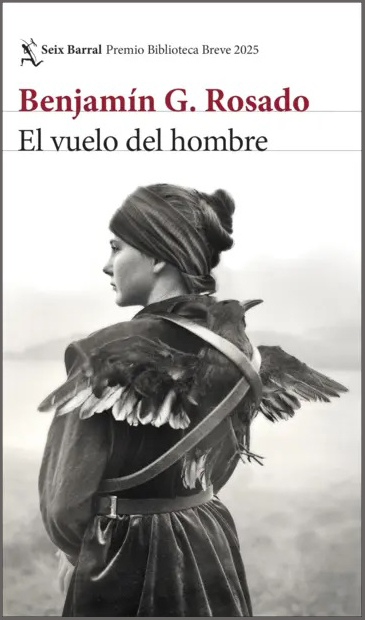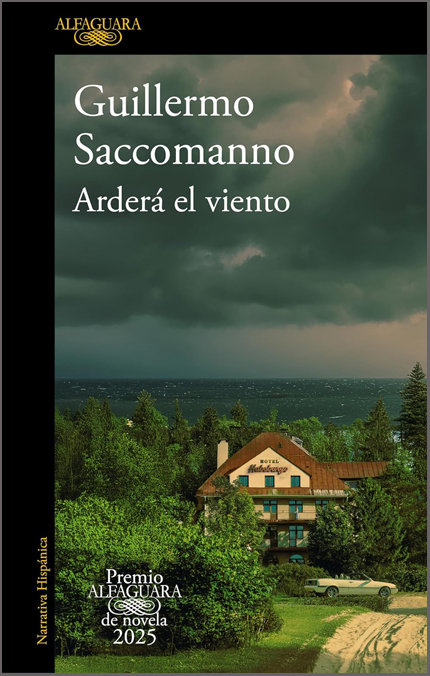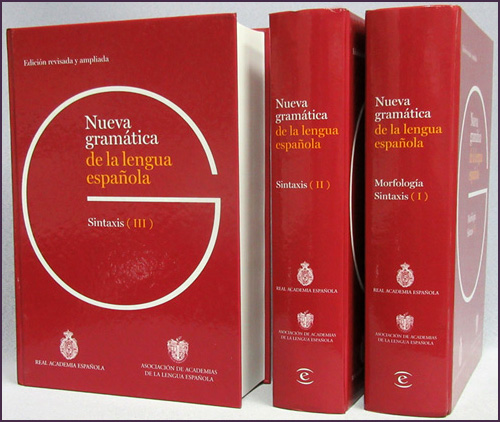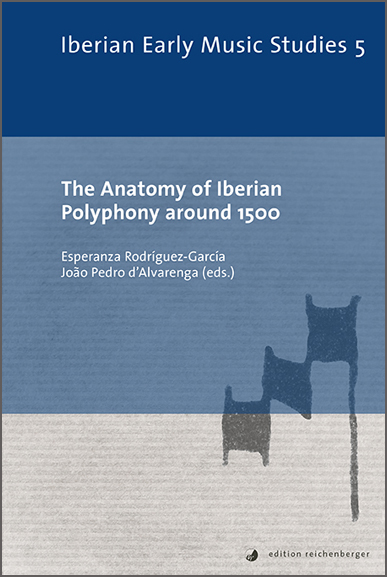The Anatomy of Yberian Polyphony around 1500 ∥ Rodriguez Garcia, Esperanza & D'Alvarenga, J.P.(ed.)
-----------------------------------
ISBN13: 9783967280210
-----------------------------------
サイズ: 16.5 x 24 x 2.6 cm
-----------------------------------
頁 数: xiv+482 pgs.
-----------------------------------
装 丁: paper cover
-----------------------------------
出版社: Reichenberger
-----------------------------------
発行年: 2021
-----------------------------------
発行地: Kassel
-----------------------------------
双書名: Iberian Early Music Studies, 5
Description:
This book is an outcome of the project The Anatomy of Late-15th- and Early-16th-Century Iberian Polyphonic Music, conducted between 2016 and 2019 at CESEM–Centre for Study of the Sociology and Aesthetics of Music at Universidade NOVA de Lisboa, to which senior and junior scholars contributed in a spirit of collegiality and close cooperation.
The background context for the Anatomy project was the realisation of the large extent to which the centre/periphery discourse dominates the narratives regarding music around 1500, even if these narratives have been challenged in recent decades. Early Iberian polyphonic repertories are still commonly barely acknowledged for their intrinsic technical and aesthetic value owing largely to the fact that they are seen as non-compliant with centric and canonical models, although they are, in fact, legitimate cultural elaborations blending both local and foreign influences.
By dealing with issues of polyphonic techniques and styles, reassessment of sources, processes of transmission and reception of music, and the retracing of composers’ careers, this book offers a fresh look at the establishment of central and local dynamics and the ways in which Iberian repertories negotiate with other European centralities.
CONTENTS
List of Figures - List of Tables - List of Examples
João Pedro d’Alvarenga: Introduction
Composers and Their Works
1. Kenneth Kreitner: The Tordesillas Perplex
2. Grayson Wagstaff: Pedro de Escobar, Polyphonic Liturgical Genres, and Local Traditions in Early Sixteenth-Century Seville
Chant and Polyphony
3. David J. Burn: The Anatomy of Chant-Based Polyphony c. 1500: Iberian and European Perspectives
4. Juan Carlos Asensio: The compositional Process in the Alleluia Settings of E-TZ 2/3: From Plainchant to Polyphony
5. Bernadette Nelson: Manuscript Tarazona 2/3 and the Early Iberian Hymn: An International Perspective in the Post-Du Fay Age
Copying Manuscripts
6. Michael Noone: The Copying and Acquisition of Polyphony at Toledo Cathedral 1418-1542: The Evidence from Inventories and Payment Documents
7. Esperanza Rodríguez-García: Tarazona 2/3, Francisco de Peñalosa, and a Dis-attributed Credo: New Light on the Origins of the Manuscript
Transmission and Performance
8. João Pedro d’Alvarenga: Motet Selections in Early to Mid-Sixteenth-Century Spanish and Portuguese Manuscripts
9. María Elena Cuenca Rodríguez: Early Iberian Polyphonic Masses in the Portuguese Manuscript P-Cug MM 12: The Transmission of Variants, and Performance Concerns
10. Rachel Carpentier: ‘Never was there Greater Fame’: the International Life of a Spanish Song
11. Tess Knighton: Performing and Listening to the Cancionero Repertory in the Fifteenth Century
Analysing Musical Languages and Styles / New Tools of Research
12. Owen Rees: Formulaic and Modular Composition in Unattributed Motets in Portuguese Sources
13. Nuno de Mendonça Raimundo: The Sacred and the Secular: Stylistic Dialogues between Separate Genres
14. Esperanza Rodríguez-García and Cory McKay: Composer Attribution of Renaissance Motets: A Case Study Using Statistical Features and Machine Learning
Bibliography - Index
-

2025年Biblioteca Breve賞受賞作品。ある若き言語学者が南米の港町へ旅立ち、自らの未来を模索しながら執筆に挑む物語です。偶然の出会いが彼の最初の小説を生み出し、出版の成功によってニューヨークへ移り住むも、そこから作品と現実のズレに苦しみ、やがて忘れ去られていく運命を辿ります。しかし、思いがけぬ知らせが彼をコロンビアのジャングルへ導き、かつての小説の結末と酷似した“事故”の謎に巻き込まれていきます。現実とフィクションの境界が揺らぐ中で、「語られるべき物語」と「黙されるべき物語」の間にある微妙な線をめぐる、緊張と知性に満ちた冒険小説です。
- El vuelo del hombre ∥ Rosado, Benjamin G.
- ¥5,368
-

アルフアグアラ文学賞2025年受賞作。ある夫妻がアルゼンチンの海辺の小さな町に姿を現し、老舗ホテルを経営し始める。家族を伴ったその異質な存在が、村社会のひび割れに潜む偏見や恐怖、秘められた欲望をあぶり出していく。表向きは穏やかな日常が、彼らの介入によってゆっくりと腐食し、町の底に潜む暴力と暗部が静かに露呈していく。精緻な文体で綿密に構築された“社会の朽ちるプロセス”が、特定の国や地域を超えて現代の精神風景を写し出す。緊張感と抑制のなかに秘められた強烈な物語体験を求める読者に。
- Arderá el viento ∥ Saccomanno, Guillermo
- ¥4,928
-

2025年ナダール文学賞受賞作品。南米・ブエノスアイレスを舞台に、父との溝を抱える一人の作家が、故人となった父の真の姿を探し始める。労働者階級の移民としてスペインから渡った父は、息子が憧れた文学の道に無言で壁を築いていた。母国映画やハリウッドの古典に囲まれ育った少年は、大人になった今、スクリーンの背後に隠された父の「秘密」に気付き、渦巻く沈黙と誤解の中に分け入る。時代を越えて響く父子の断絶、移民としてのアイデンティティ、そして愛しながらも理解しきれない存在。静かに、しかし確実に胸に迫る物語が、読む者の言葉と記憶を揺さぶる一冊。
- El secreto de Marcial ∥ Fernández Diaz, Jorge
- ¥5,544
-

次回入荷は1月下旬の予定です!!
第2版改定新版 「アカデミア最新スペイン語文法」。スペイン王立アカデミーとASALE(スペイン語アカデミー協会)の共同編集による増補改訂版3巻本。2009年に2巻本として出版されてから16年、さらに広く深く、スペイン語圏全体のスペイン語を総合的に扱うスペイン語文法書の決定版です!- Nueva gramática de la lengua española - Edicion revisada y ampliada in 3 vols. ∥ Real Academia Española
- ¥49,500

